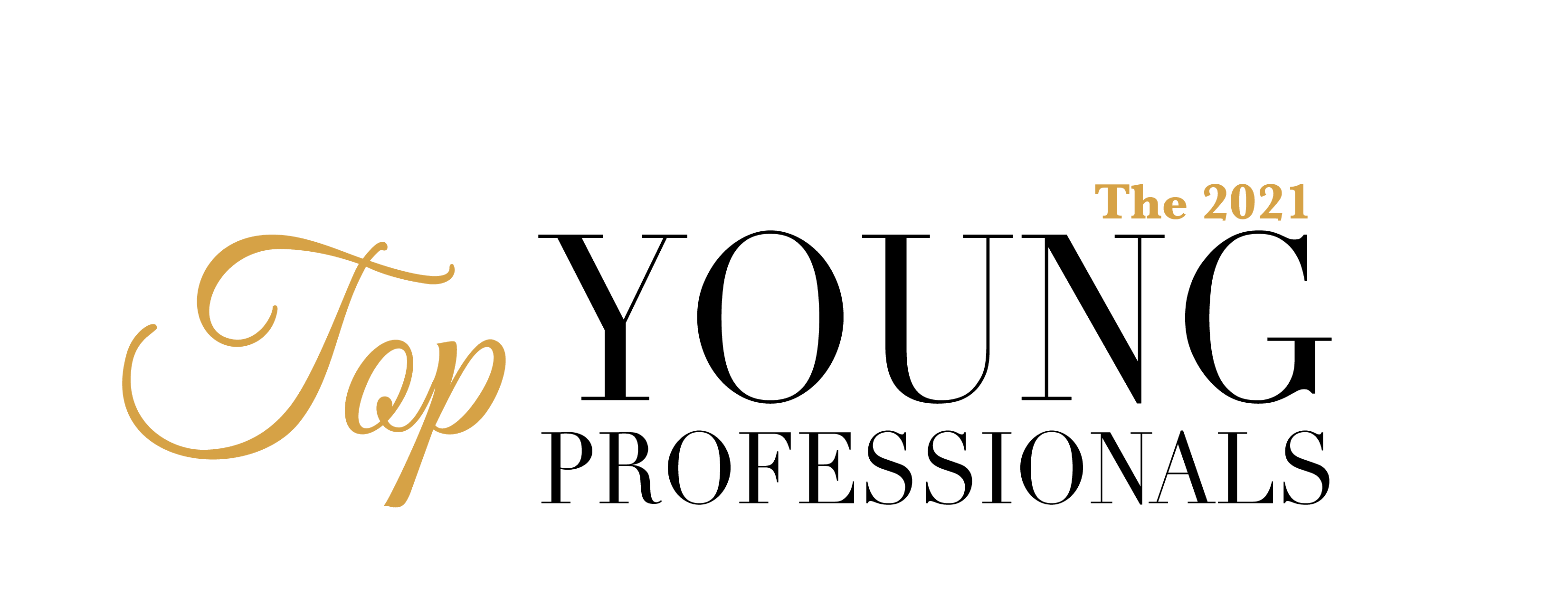
Guillermo Díaz-Fañas.
Guillermo Díaz-Fañas, 32
Infrastructure Climate Consultant at Public-Private Infrastructure Advisory Facility (PPIAF)

Guillermo Díaz-Fañas was just 9 years old when he first felt the impact of natural and climate disasters. A Category 3 hurricane hit his home country, the Dominican Republic, leaving a path of destruction in its wake. Five years later, to the day, a 6.4-magnitude earthquake struck, causing catastrophic damage.
“A lot of schools just collapsed,” said Díaz-Fañas. “I remember wondering always, ‘why do schools, why does infrastructure get destroyed, under every event that occurs?’”
Díaz-Fañas went on to study civil and structural engineering in the Dominican Republic and in the United States, where he’s lived since 2012.
Now, Díaz-Fañas is an infrastructure climate consultant at the Public-Private Infrastructure Advisory Facility, an arm of the World Bank that helps finance infrastructure projects in developing economies.
As an expert in climate and disaster resilience, Díaz-Fañas is creating a toolkit for clients — governments, that is — to incorporate climate goals and resilience measures early in the infrastructure planning process, so that they’re on track to meet their goals under the Paris Climate Agreement, as well as to withstand climate events going forward.
Just as importantly, the toolkit will offer guidance for how to incorporate climate goals and risks into the financials of the project — offering a framework for how to weigh the cost of resilience measures against the risk of potential disasters. “It ensures that those that are investing are able to get their returns, so they’re more incentivized to invest,” Díaz-Fañas said.
Díaz-Fañas is at the forefront of the fight to curtail the worst effects of climate change. It’s literally his job to calculate how bad things will get. That, of course, depends on many factors, including most prominently, how much we continue to heat the planet.
“We are a little late but we can still catch up,” Díaz-Fañas said. “We just have to become more creative and try to inspire the next generation to really get involved in STEM and how to help solve the problem that we have created.”—C.G.


